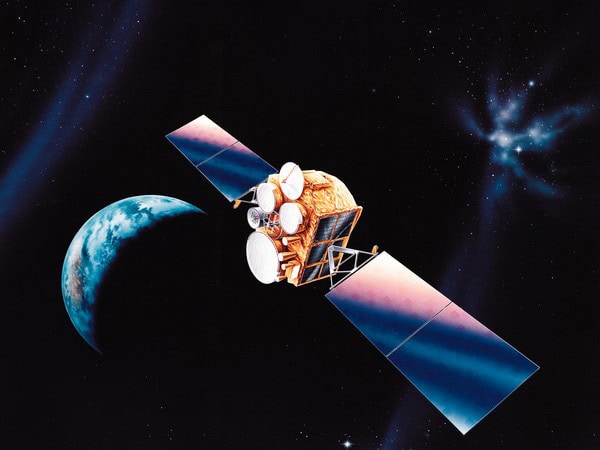Washington: A new study has found that the satellite imagery gathered from each earthquake provided new information, which improved the analysis of its impact.
The satellite imagery provides detailed information about where the earthquakes occurred, how big the surface deformation was, and where the earthquakes occurred relative to population centres, typically within two to three days of the quake.
This information was then incorporated into a set of operational response guides managed by the National Earthquake Information Center (NEIC) that is distributed to decision makers, search and rescue operations, and other groups, according to the paper published in the Journal of Remote Sensing.
“This, in turn, led to more accurate estimates of the numbers of fatalities and economic losses that are critical to more accurately determine in the days and weeks following devastating earthquakes,” said Bill Barnhart, a lead author on the study.
Mainstays in determining an earthquake’s impact are ground-based seismometers that measure seismic activity around the world. But these instruments are not located everywhere, which can lead to incomplete information about the effects of some earthquakes in the critical time immediately after they occur. Moreover, some quakes are more complex and can’t be measured precisely by seismometers alone.
Increasingly, earthquake specialists are turning to geodetic methods, the math-based study of changes in the Earth’s shape that use satellites and other instruments to complement data gathered by seismometers.
“While this is not yet a fully operational system, we are working with the USGS to make operational earthquake response with satellite imagery a systematic component of the NEIC’s global earthquake monitoring and response efforts,” Barnhart said.
[source_without_link]ANI[/source_without_link]

